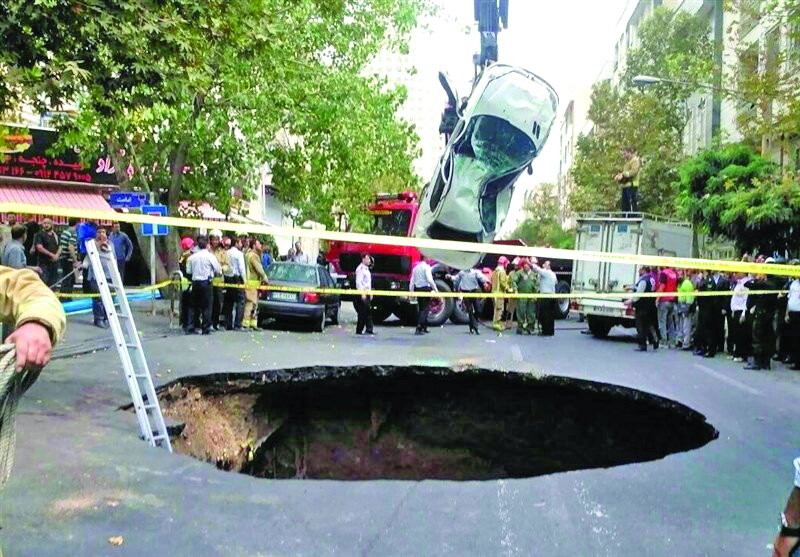Tehran facing serious risks of natural disasters

TEHRAN – Three natural disasters are threatening the capital city of Tehran, which is very vulnerable due to holding a great share of rundown areas, Reza Karami, head of Tehran Disaster Mitigation and Management Organization has announced.
The first natural disaster threatening the capital is earthquake, the earthquake risk has been rising since past years and our observations indicate that the faults are moving, so if an earthquake occurs, the damage will be highly destructive due to extremely old areas, he explained.
Mohammad Salari, head of the Tehran City Council commission on urban planning and architecture said in January that there are 3,268 hectares of rundown areas in Tehran, 40 percent of which has been renovated, but currently, over 1.2 million people live in rundown areas, amounting to 15 percent of the total population of Tehran.
For many years, urban planning and construction processes have not progressed based on engineering regulations; therefore, the city’s infrastructure has not been compatible with natural disasters, Karami added.
Climate change is the second natural incident exposed to Tehran, which increases the risk of floods and heavy rains that can bring a great deal of irreparable damages to the city, he noted, stating that rivers play an important role in flooding, so we must take action to safeguard river beds and banks and not to constructs buildings on them.
Referring to landslide as the third threat, he said that landslide refers to a wide range of ground movements, such as rock falls, deep-seated slope failures, mudflows and debris flows. It is triggered by some specific events such as heavy rainfall, earthquake, slope cut to build a road, and many others, although this is not always identifiable with land subsidence.
However, southern part of the city is more exposed to land subsidence, he further highlighted, ISNA reported on Monday.
Planning and utilizing the capacity of all organizations can greatly reduce the risks and consequences of these three hazards, but it should be noted that educating people and eliciting public participation is also an important factor that should not be overlooked, he concluded.
Studies in the Iranian calendar years 1388 (March 2009-March 2010), 1390 (March 2011-March 2012), and 1392 (March 2013-March 2014), indicated that the plains in southern Tehran are subsiding by an average of one millimeter a day (36 centimeters a year).
In the Iranian calendar year 1384 (March 2005-March 2006), the subsidence rate in Tehran plain has been measured at 17 centimeters a year, it has been measured 12 centimeters in Varamin county, in southern Tehran.
FB/MG
